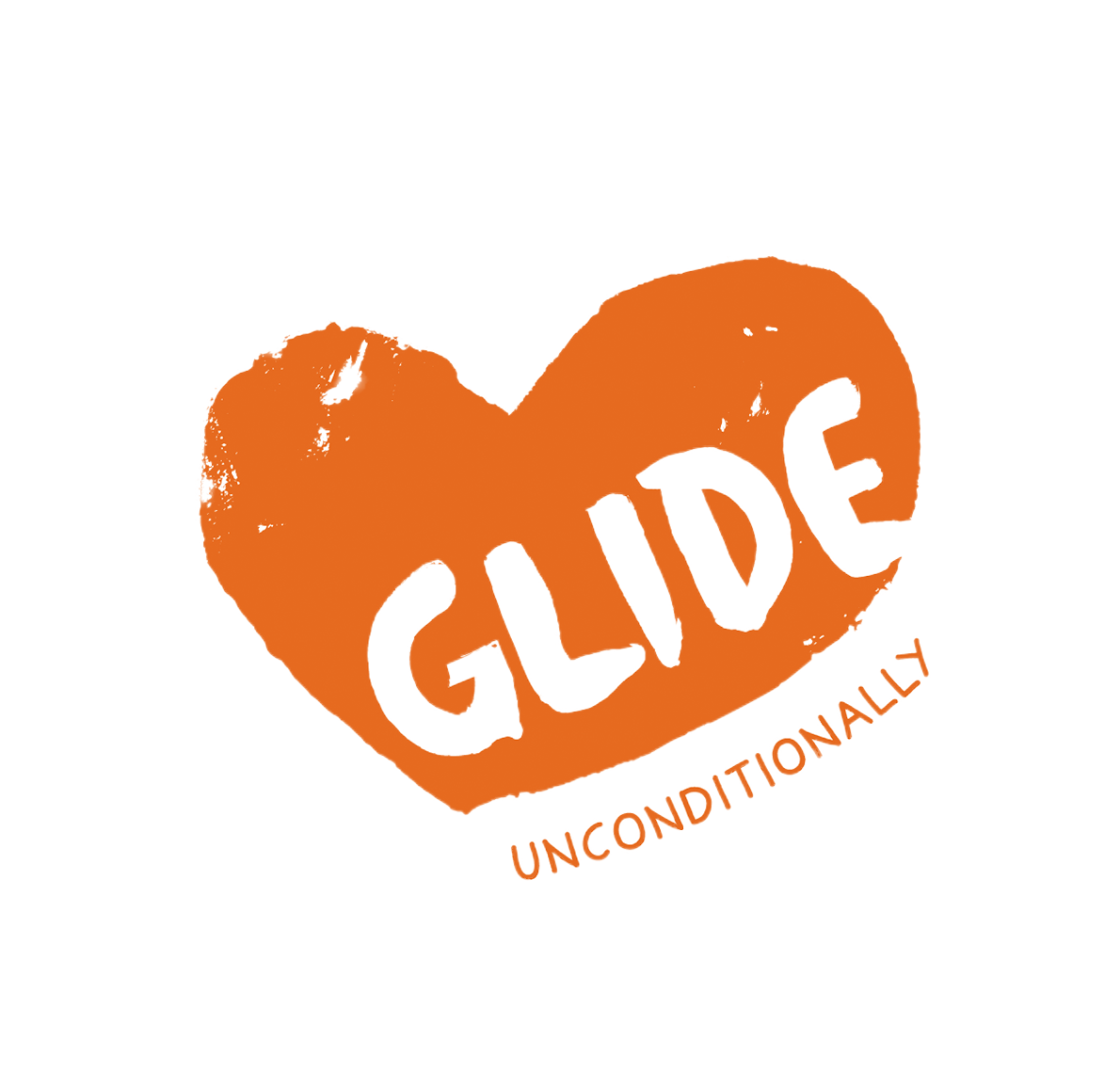As noted, Janice Mirikitani’s first job at Glide, in 1964, was transcribing taped recordings made by victims of police brutality. She recalls: “[F]rom the first day I was in shock as one person after another described being stopped by police in the Tenderloin and beaten with nightsticks. They were yelled at, ridiculed, clubbed, and kicked routinely. Then they were either arrested or left in the street.”209
Citizens Alert was a citywide police watchdog program organized by leaders at Glide, including Cecil Williams (the first chairman) and Phyllis Lyon (who was originally or became director), and a group of doctors, lawyers, homophile groups, and civil rights organizations. Williams describes the impetus behind the group’s founding as no longer being able to ignore the many cases of police brutality and/or unequal enforcement of the law—“based on income, color of one’s skin, racial origin, sexual identification and minority group status”—that were constantly being brought to Glide’s attention.210
The purpose of Citizens Alert, according to Williams, was to collect, analyze and channel to responsible governmental and social agencies accurate, reliable reports growing out of police misbehavior, including brutality, harassment and unequal enforcement and application of the law; to establish other means of remedial action as may be indicated, to alert the general public as to the problem and most importantly, to educate individual citizens as to both their rights and obligations under the law.211
Citizens Alert was powered by a telephone answering system, headquartered at the Gateway Young Adult Center (366 Eddy Street) and operated by volunteers 24 hours a day. When victims of police abuse called the hotline, their stories were recorded and they were connected to lawyers, doctors, and/or photographers for assistance. The group received over 1,700 calls in its first year; by 1968, it had increased to almost 4,000.212
This type of grassroots community support was already common among San Francisco’s LGBTQ communities. After a raid of Kelly’s Alamo Club in San Francisco in 1956 resulted in the arrest of 36 patrons, mostly lesbians, the lesbian-focused homophile organization Daughters of Bilitis published an article in its newsletter titled “What to Do in Case of Arrest.” It urged readers: “DON’T PLEAD GUILTY…call your attorney; don’t volunteer information—in fact, don’t talk to anyone about anything.”213 The article also included 13 ways a woman could assert her rights in case of arrest. Another homophile group, Society for Individual Rights (SIR), served as a model for Citizens Alert, according to LGBTQ historian Christina B. Hanhardt:
The original proposal for Citizens Alert came out of a model developed by SIR, which had been hosting public programs on homosexual and police relations. These meetings often featured [SFPD] Community Relations Officer Elliott Blackstone. SIR also distributed “Pocket Lawyers” pamphlets to gay men facing entrapment arrests—an act funded by the Tavern Guild, the gay bar association—and had published in Vector [SIR’s newsletter] a preliminary plan for a “Homophile Alert System.” SIR’s proposal included a twenty-four hour telephone service to provide quick referrals to bail bondsmen and sympathetic lawyers.214
Citizens Alert became a very powerful tool for multiple constituencies that previously had little in common except for “identical problems in dealing with the police”: “Chinatown, the Mission District, Hunters Point, the Fillmore, North Beach…the foreign born, the poor…the homophile community and the Sexual Freedom League.215 “Eventually over fifty groups from around the city had joined Citizens Alert,” notes Hanhardt. It was one of the first examples of “homosexualinclusive, cross-race organizing” in pre-Stonewall San Francisco, according to Hanhardt.216 (The other was the Central City target area campaign.)
Other focuses of Citizens Alert were pressing for the establishment of a citizens’ review board to investigate allegations of police misconduct, public demonstrations, and lawsuits. In 1967, Citizens Alert filed a $100,000 claim against the City and County of San Francisco after a police officer broke the arm of a 14-year-old African American girl named Priscella Thomas during her arrest.217 In 1968, Citizens Alert supported the widow of George Baskett, a 28-year-old African American man shot and killed by an off-duty San Francisco police officer over a dispute about a scratched bumper. The preliminary police report stated that the officer acted in self-defense. At a press conference hosted by the Family Services Agency, Williams said: “The police are becoming more vicious. The department is the most racist institution in San Francisco.”218 Longtime Glide attorney Herb Donaldson added: “[T]he poor, the black and minorities [are the] targets of police lawlessness.”219 Likely due in large part to the advocacy work of Citizens Alert, the Federal Bureau of Investigation’s Civil Rights Division took over the case. It was the first time in the department’s history that San Francisco police were investigated by the FBI.220 In August 1968, Citizens Alert released an “Eight Point Plan for Better Police-Community Relations in San Francisco” in August 1968. It called for:
a standard set of comprehensive police reforms including reorganization, a citizens’ complaints bureau, police training on urban issues, a rumor control center, group discussions for police and citizens, a formal policy on firearm use, a system of citations rather than arrests for misdemeanors, and the assignment of black officers to black communities. In subsequent years, Citizens Alert focused on building citizen participation in the altering of San Francisco judicial policy more broadly.221
Hanhardt’s research shows that Citizens Alert’s “diverse constituency and hard-edged reform vision” made it unique in the nation, as similar groups in other cities were hardly as long lasting or successful.222
